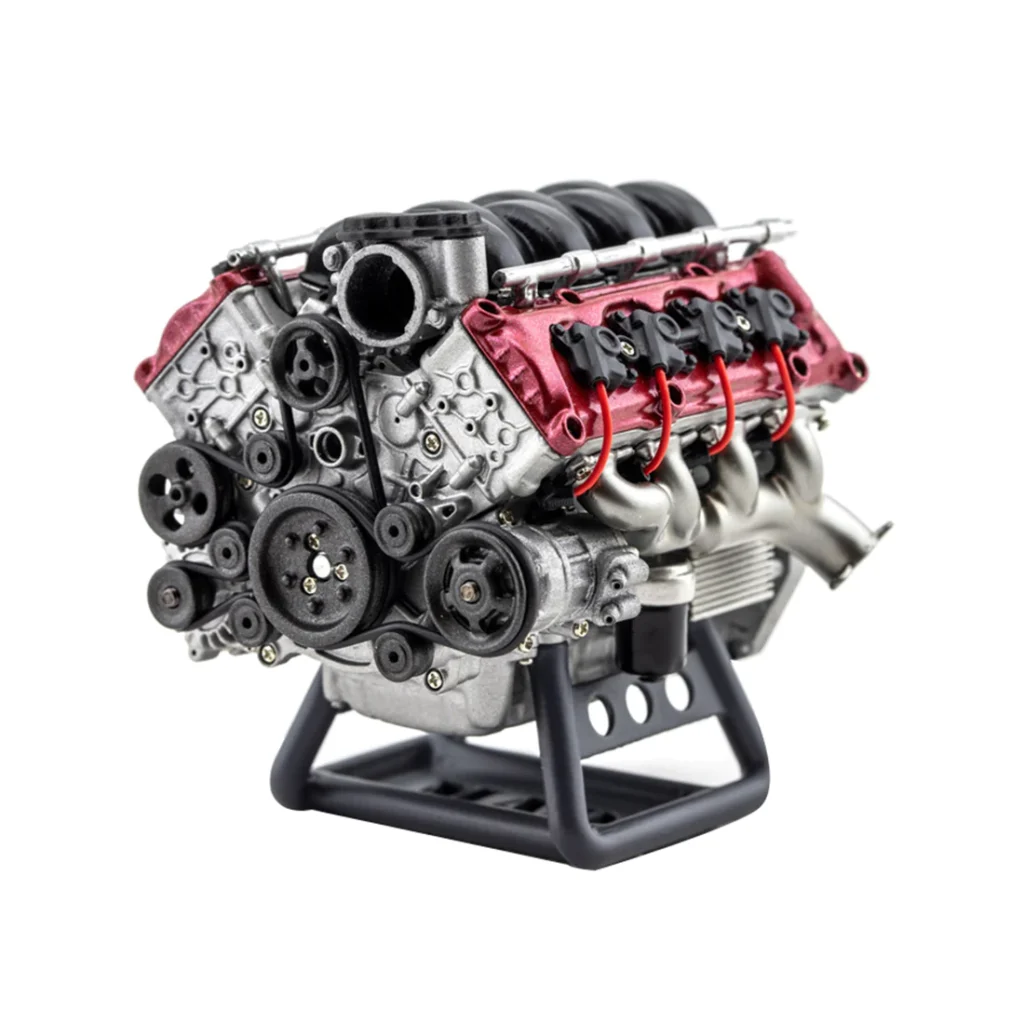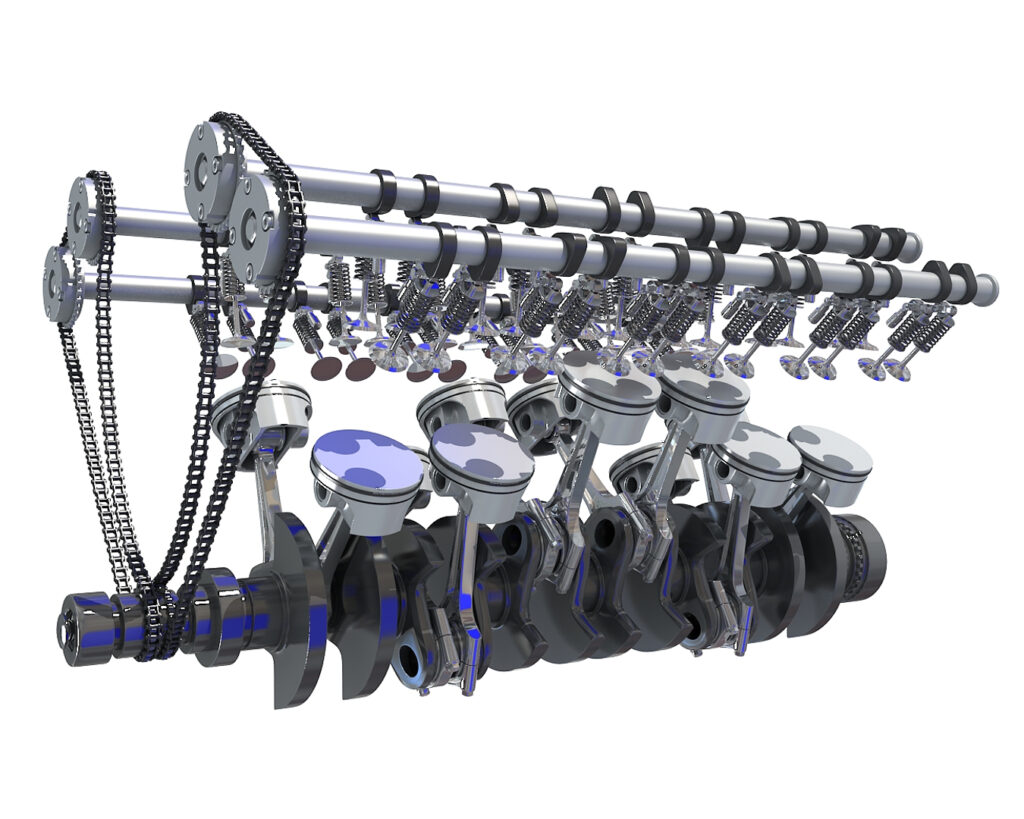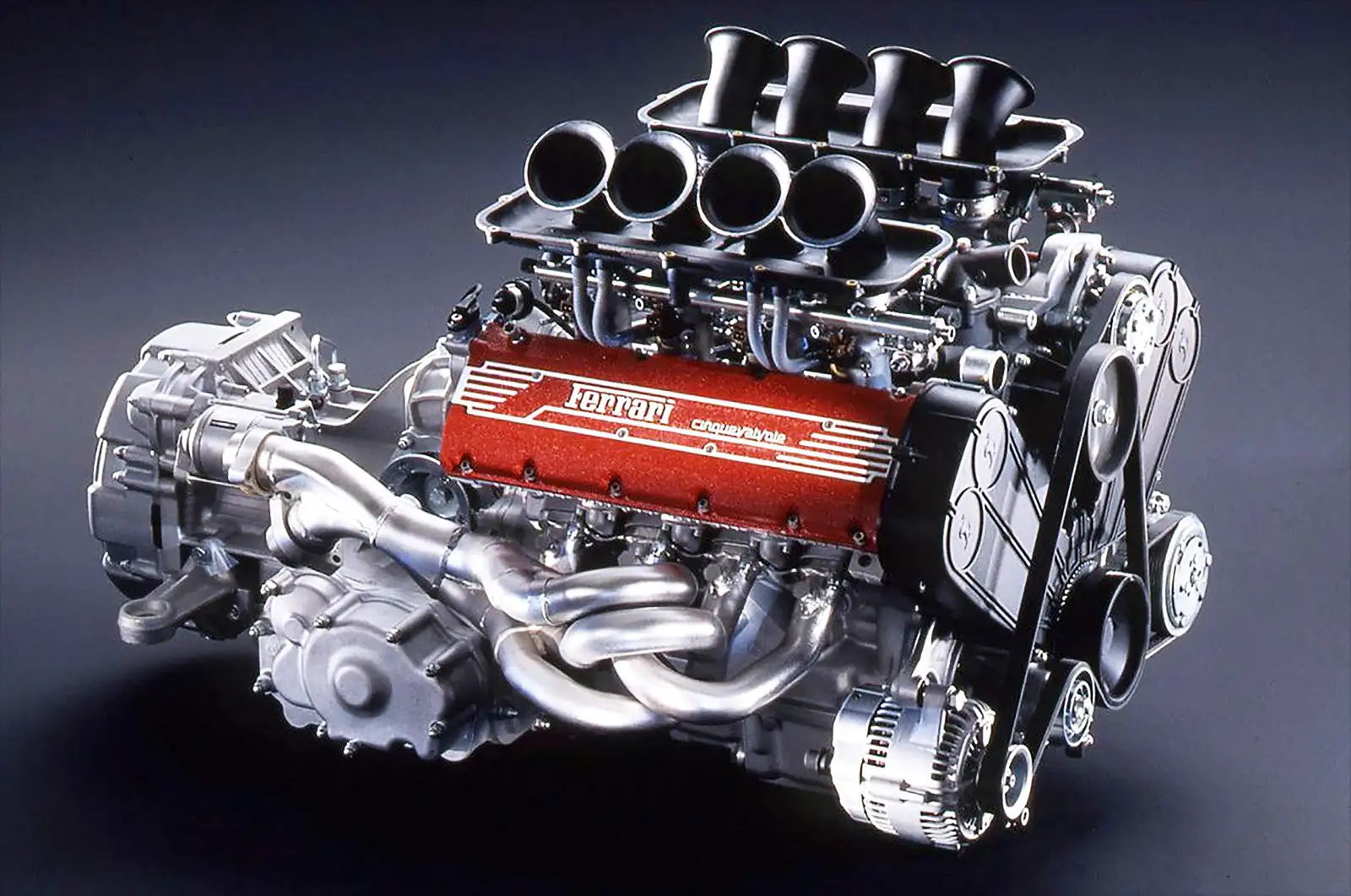Car engines serve as the beating heart of every automobile, furnishing the requisite power to propel the vehicle forward. This intricate process involves the conversion of fuel into energy, which is harnessed to drive the car’s wheels. In this comprehensive exploration, we will delve into the inner workings of car engine, examine various types of engines, and scrutinize how they diverge across SUVs and sports cars.
How Car Engine Work:
Car engines operate by orchestrating controlled explosions to transform fuel into energy. This intricate dance unfolds within a series of pistons moving rhythmically up and down within cylinders. These movements instigate the ignition and expansion of fuel, with the resulting expanding gases propelling the piston downward. This motion turns the crankshaft, ultimately channeling power to the wheels.
Read about Transmission
Several integral components contribute to the engine’s functionality, including the fuel, ignition, and cooling systems. The fuel system ensures fuel delivery to the engine, while the ignition system is responsible for sparking the fuel at precisely the right moment. The cooling system plays a crucial role in regulating the engine’s temperature, preventing overheating during operation.
Types of Engines:
- Four-Stroke Engines: Four-stroke engines, the most prevalent in contemporary cars, complete four distinct strokes during each cycle: intake, compression, combustion, and exhaust.
- Two-Stroke Engines: While less common in cars, two-stroke engines find applications in smaller vehicles such as motorcycles and scooters. They complete two strokes in each cycle: compression and combustion.
- Diesel Engines: Diesel engines, akin to four-stroke engines but fueled by diesel instead of gasoline, often exhibit superior fuel efficiency. They are commonly employed in larger vehicles like trucks and SUVs.

Engines in SUVs:
SUVs, designed to handle heavy loads and challenging terrains, typically feature larger engines. Many SUVs are equipped with robust V6 or V8 engines to meet the demands of their multifaceted roles.
An example of such an engine is the 3.6-liter V6 found in the Jeep Grand Cherokee. This powerhouse delivers 295 horsepower and 260 lb-ft of torque, rendering the Grand Cherokee adept at conquering diverse terrains, both on and off the road.

The engine in Sports Car:
In the realm of sports cars, performance is paramount, necessitating powerful engines for exhilarating speed and acceleration. Sports cars often boast V8 or even V12 engines, capable of unleashing staggering amounts of power.
A notable contender in this domain is the 5.2-liter V8 engine residing within the Ford Mustang Shelby GT350. Generating an impressive 526 horsepower and 429 lb-ft of torque, this engine catapults the Mustang into the echelons of high-performance sports cars.
Read about 2023 Ford Ranger Raptor
Conclusion:
Car engines, intricate machines orchestrating the vehicular symphony, are pivotal in propelling us to our destinations. Diverse engine types cater to distinct needs, with SUVs relying on larger engines to navigate rugged terrains and sports cars demanding powerful engines for optimal performance. Regardless of the engine type, meticulous maintenance is imperative to ensure sustained peak performance. As we traverse the roads of tomorrow, the heartbeat of our vehicles, the engine, remains at the core of our automotive journeys.

